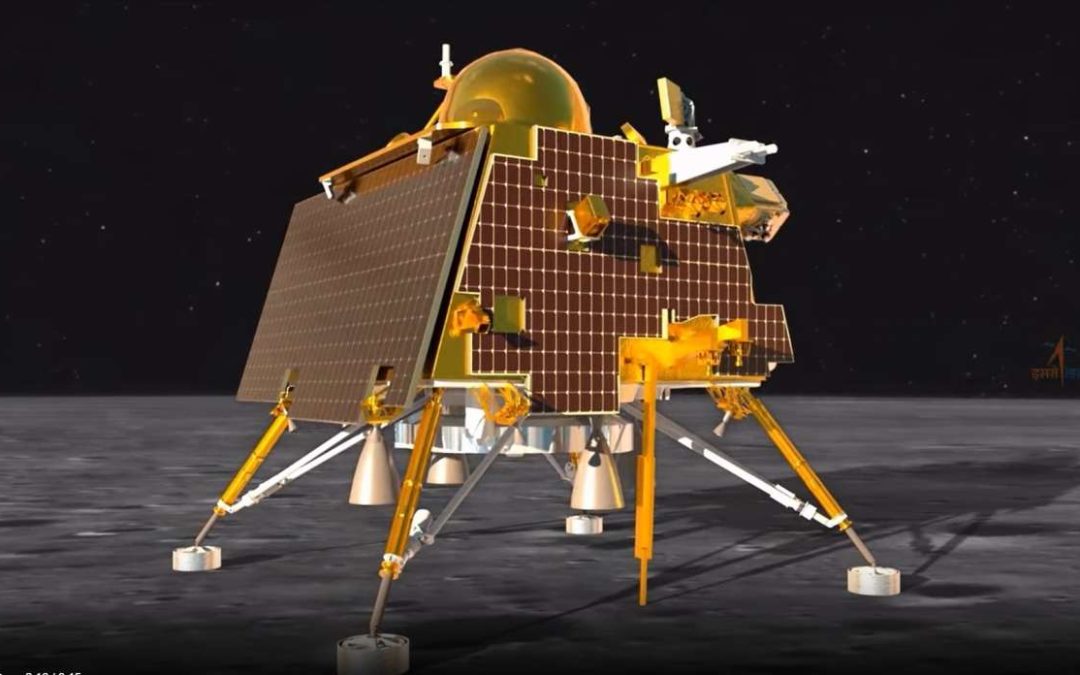India’s Chandrayaan-3 mission has made a significant discovery, identifying a 160-kilometer-wide ancient crater near its landing site. The findings, published by scientists from Ahmedabad’s Physical Research Laboratory in *Science Direct*, highlight the ongoing successes of the mission.
The Pragyan rover, which is currently exploring the lunar South Pole region, sent back data leading to this discovery. The newly identified crater lies about 350 kilometers from the Aitken basin, the Moon’s largest and oldest impact site.
The crater, believed to predate the Aitken basin itself, offers a unique glimpse into the Moon’s early geological evolution. The surrounding terrain, rich in material from past impacts, provides valuable insights into the Moon’s history. The ancient crater, buried under debris from later impacts, has deteriorated over time.
High-resolution images captured by the rover’s optical cameras reveal key structural details of the crater, offering scientists an exceptional opportunity to study one of the Moon’s oldest geological features. This discovery could prove crucial in understanding the Moon’s formative years.






